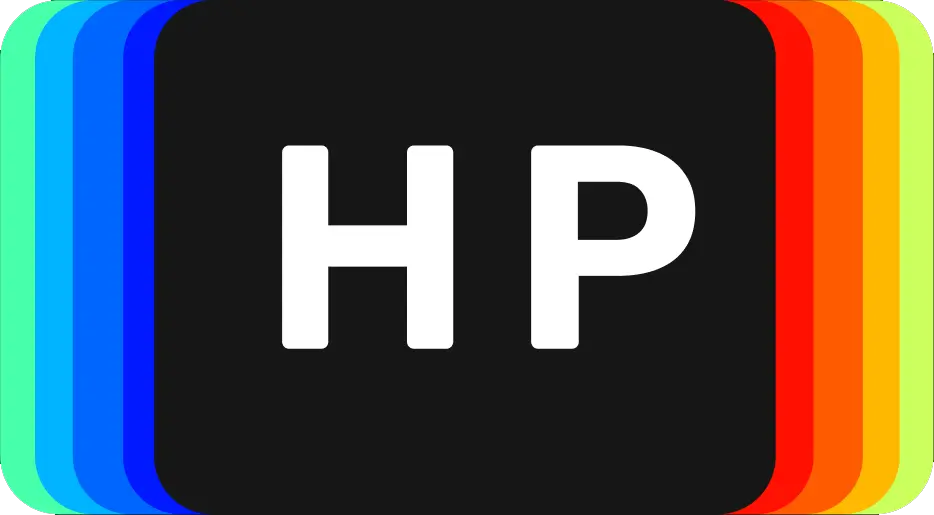Understanding The Different Types of Landing Pages is crucial. Social media Managers aver that a landing page is the web page a potential customer arrives at after expressing interest in one of several forms of advertising:
A banner ad
A Google AdWords or AdSense ad
A search engine result (like Google)
A link in an email
Print advertising
TV commercials
The purpose of a landing page is to convince the visitor to “convert” into becoming a customer by taking a specific action.
HubSpot’s latest research, “ Lead Generation Lessons From 4,000 Businesses,” reveals that the more landing pages a business has on its website, the more leads it generates. Simply put this is the key to more leads. You need to connect your ads with relevant post-click landing pages by doing this you ensure that the visitor knows they’ve landed at the correct page thus increasing the likelihood of conversions.
Instapage states that “What also improves the possibility of conversions is knowing which type of landing pages to create for specific campaigns.”
The primary types of landing pages
- Squeeze Page
- Splash Page
- Click-Through Landing Page
- Sales Landing Page
- “About Us” Landing Page
- Pricing Page
Splash Page
A splash page is an introductory screen a user sees when visiting your website or before you enter your website. Instead of being sent directly to the article or social media destination, the user is sent to an intermediary page called the splash page. The goal of a splash page is to drive people to a specific CTA, asking the user about their language preference, verifying their age and collecting contact information.
 Image source: Variety
Image source: Variety
As Hubspot states that, The above splash does two things well:
- First, it offers a countdown to the end of the ad and the ability to easily click to the article once the ad is done.
- Second, it serves a clear purpose to show the user an ad.

Image source: Budweiser
OR: This splash page aims to confirm the legal age of the user before you enter to the main site. Taboola blog states that splash pages often precede a website page and they can be used at any stage of the marketing funnel.
Squeeze Page
Simply put, a squeeze page is designed to squeeze a visitor’s email address, a name or phone number from them by offering something valuable in return. The offer should be important to justify the need to ask for your visitor’s email address. The “squeeze” name stems from the fact that the page provides limited options, which can “squeeze” an email address out of potential subscribers.

Image source: Neil Patel
This squeeze page by Neil Patel offers a downloadable piece of content (SEO cheatsheet) in exchange for an email address and first name. It is an effective squeeze page because:
- It is short.
- The sales copy is crisp and clear and there is a single call-to-action (CTA) button.
Click-Through Landing Page
They look like landing pages that share the benefits and features of your product/service with a CTA button encouraging your customer to try a free trial. Once they click on that button, they’re taken to another landing page which provides pricing details and requires payment information to begin the trial.

The first part of the landing page has the CTA button encouraging your customer to try a free trial.

The Second Part of the landing page which provides pricing details and requires payment information to begin the trial. We like it because:
- It is clear and concise.
- Easy to use and follow.
Lead capture page
A lead capture page is similar to a squeeze page but generally sources more information. Name, job title, business name, email address and industry are just a few things these landing pages seek to earn.
Instapage states that “your capture pages need to have the right balance of “ask” and “reward.” The “ask” is the form fields you use, and the “reward” is the offer you’re promoting.

Image source: Quip
The above example is effective because you’re collecting vital information about your potential customers, which helps you create relevant marketing messages they prefer and respond to.
Sales Landing Page
The purpose is specifically to convince visitors to buy therefore you need to be extra convincing which means that you will have longer pages, a bunch of badges, tons of testimonials and even videos explaining your pitch. Sales landing pages can be the perfect toolbox for telling your story, sharpening your pitch, and setting the stage for the sale.

Image source:renegadestrength
Instapage states that the above example is effective because:
- The headline takes advantage of our desire for quick results: “Get Absolutely Ripped In 60 Days.”
- The 60-day money-back guarantee makes prospects more comfortable with purchasing.
- Authority badges flaunt where the author has been featured.
- Bulleted copy makes the page easier to read.
- Case studies prove that the program works. Not only that, but the writer takes it to the next level by offering to put you in touch with them.
- Industry experts offer praise for the book as well, giving it even more credibility.
- No navigation makes this sales page impossible to leave without exiting the browser window or clicking a CTA.
It could be better by:
- The CTA button doesn’t look like a button at first glance.
- The arrow, instead of pointing back to the CTA, points to an image of the book itself. Use visual cues to get your reader to hit your CTA button, not draw them away from it.
“About Us” Landing Page
Jen Havice states that “Your About page is a primary connection point for customers. It’s a place where they can not only find out more about what makes you, your business, or product tick but more importantly, what you can do for them.” It’s important to note that your about page should lead visitors to shop, jump on your email bandwagon or begin a free trial. If you’re not using your about page to convert customers, you’re losing out.

Image source: Glossier
The above illustrates a good About Us page because:
- It has plenty of history, vision, and mission.
- Informs the reader how to move forward.
- Links to shop, follow, email, and join the company, and an email subscription
Pricing Page
Pushing customers to your pricing landing page is a great way to get more customers. Regardless, your pricing page should be one of the most heavily optimized pages on your site.

Image source: Heropost
We at Heropost outline our three-tiered packages, with links to more information or to get started. We clearly put forward the package details so that potential customers can make their decision immediately without any hustle. Out of all the different types of landing pages you need to make sure that this page is near perfect.
Make sure you pick the right type of landing page, however, we at Heropost believe that you should get the assistance of a social media manager to effectively have a campaign that is geared to your audience. A social media manager will have the expertise to aid you every step of the way.
We hope we helped a little regarding The Different Types of Landing Pages.
Sign up with Heropost to write better captions, post at your best times, track your analytics, and more.





